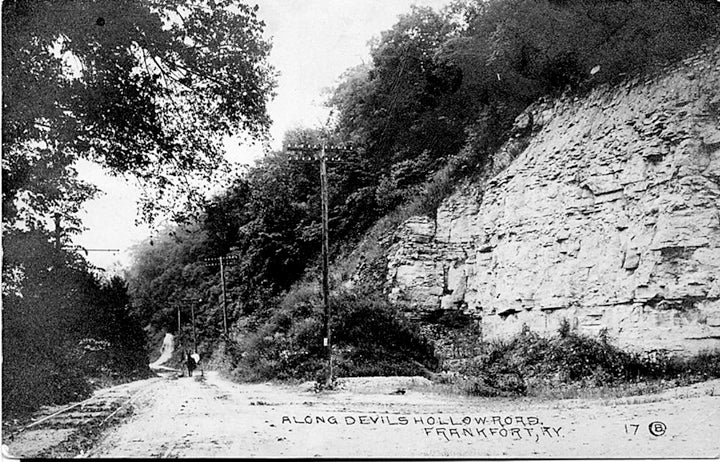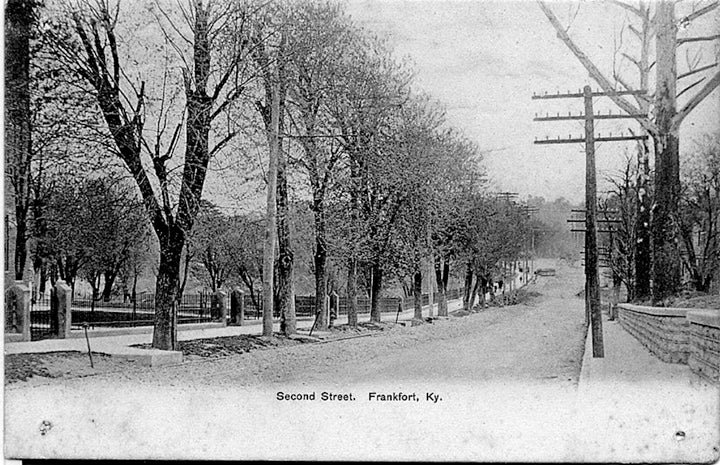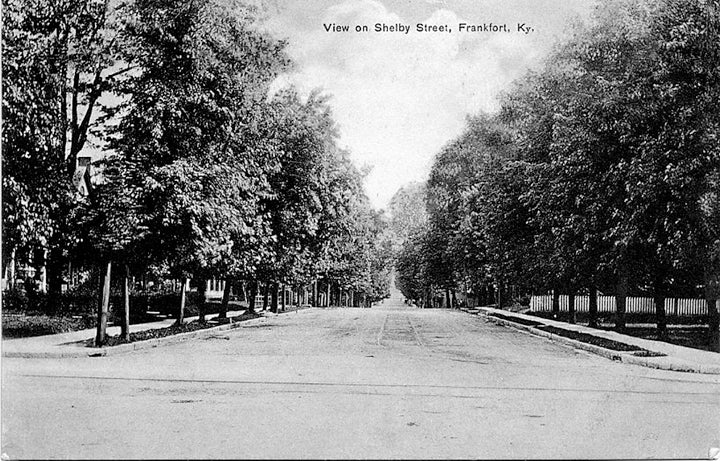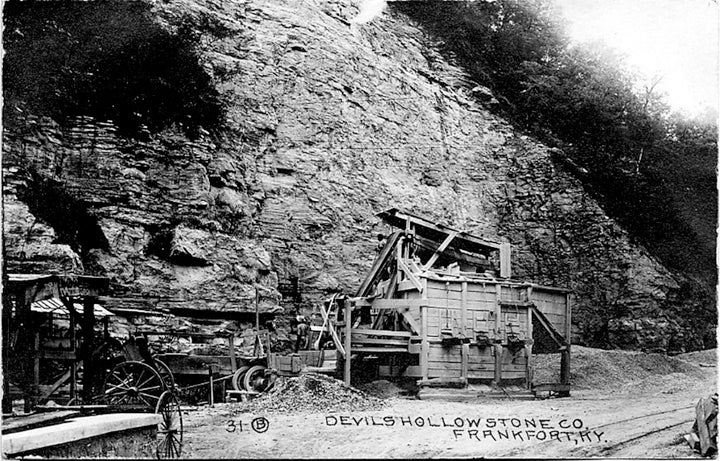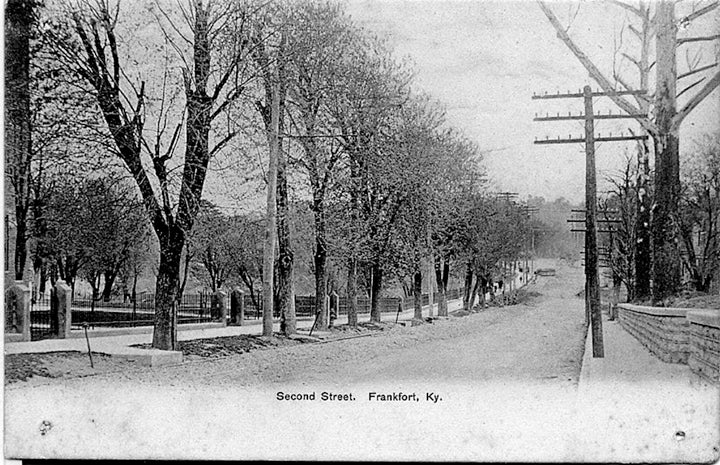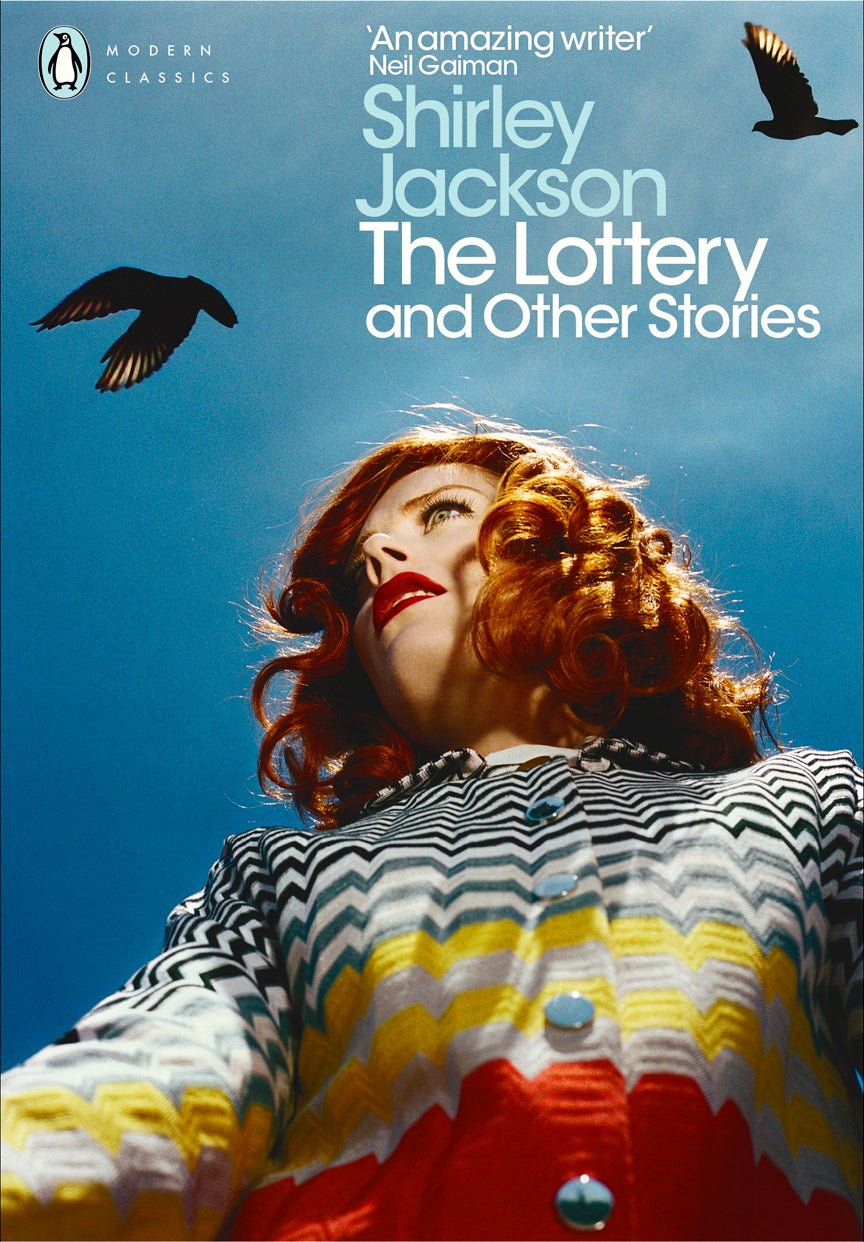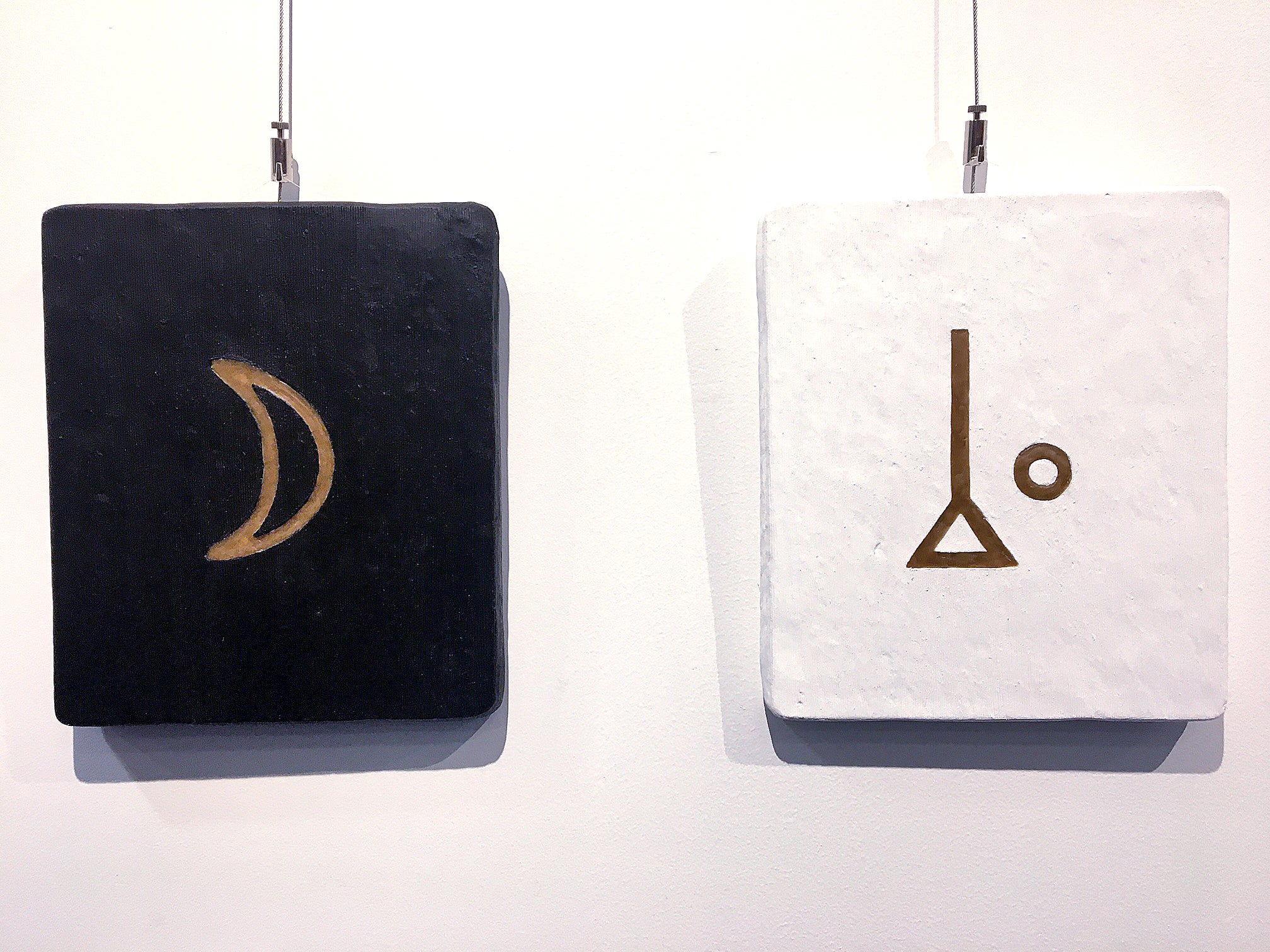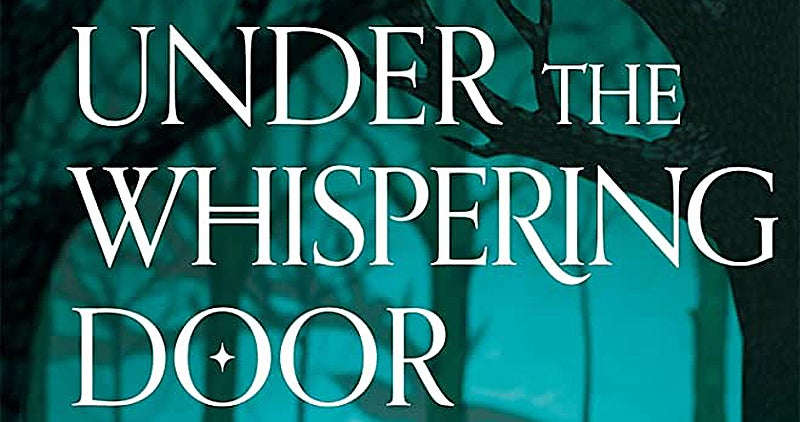Before the contractor began the work, now underway, to install a sewer line under Second Street, he asked the following question of the City of Frankfort’s Public Works Department: “Is there still streetcar track and railroad track hidden beneath the street’s blacktop?” The city’s answer was that they did not know.
Now I know there are a few citizens of Frankfort who are aware that a streetcar line once ran on Second Street from Bridge Street to Murray Street, but the fact that a railroad track once graced Second Street is virtually unknown.
In 1894, the Capital Railway Company built a streetcar line from the junction of Ann and Main streets west to St. Clair Street. Here the track turned south for the covered bridge and Bridge Street. At the junction of Bridge Street and Second Street, the streetcar track turned east to Shelby Street.
At Shelby the track turned south to Todd Street where it then turned east for Murray. Once the Todd Street track reached Murray it turned north for Second Street. At Second Street the streetcar track turned west for a junction with itself at Shelby Street. This track was located in the center of the street.
The previous paragraph explains the presence of streetcar track on Second Street; but railroad track! The railroad track within Second Street is the result of the 1906 construction of the present state Capitol, which is located at the head of Capital Avenue. The movement of the heavy and oversized marble and limestone from the Louisville & Nashville (L&N) Railroad Yard, at the entrance to Benson Valley, to the Capitol site taxed draft animals to their utmost.
The solution to this transportation problem was a rail line from the L&N’s Benson Valley Railyard to the Capitol construction site. Rail was thus laid on the river side of Taylor Avenue from Benson Valley Road to Second Street.
At Second Street, the railroad track hugged the north curb of Second Street to Bridge Street. At Bridge Street, the railroad track was joined to the Capital Railway Company’s streetcar track, which was then used until the point at which it swung east on Todd.
At Todd and Shelby streets, new rail was installed to bring the railroad track on up Shelby Street to Lafayette Drive. Here, the railroad track swung east to loop around the Capitol. This railroad track remained in place until 1910 when the Capitol was finished being built.
While no documentation has been found for the following statements, the consensus of those of us who have investigated the movement of materials from the L&N’s Benson Valley Yard to the Capitol site is as follows:
• The railroad track was built by the contractors constructing the Capitol. Due to the low bearing strength of the streetcar rail, the track on Second Street was re-laid to railroad strength.
• As a result of Buttimer Hill jutting out toward the Kentucky River, creating a narrow ledge along the west bank of the river, the railroad track departed the L&N Yard by first swinging north toward Benson Creek. At Benson Creek, a track switch allowed the train to enter the track running south along Taylor Avenue.
• The locomotive used to power the train from the Benson Valley Yard to the Capitol was an L&N lightweight 2-6-0 locomotive.
• Trains were limited to one car and the locomotive pushed the material laden car to the Capitol site.
• Once construction of the Capitol was completed, the railroad track from Benson Valley Road to Bridge Street and from the meeting of Shelby and Todd Streets north to the Capitol, was taken up for reuse elsewhere.
What we do know is that the sewer line contractor, while digging in Murray, Second and Bridge streets during January and February 2021, dug up a number of railroad ties, but no rail.
If any of FRANK. magazine readers can supply the Capital City Museum with more information on the rail movement of building material from the Benson Valley Yard to the site of the Capitol, please contact Russ Hatter at the museum by calling 502-696-0607.
